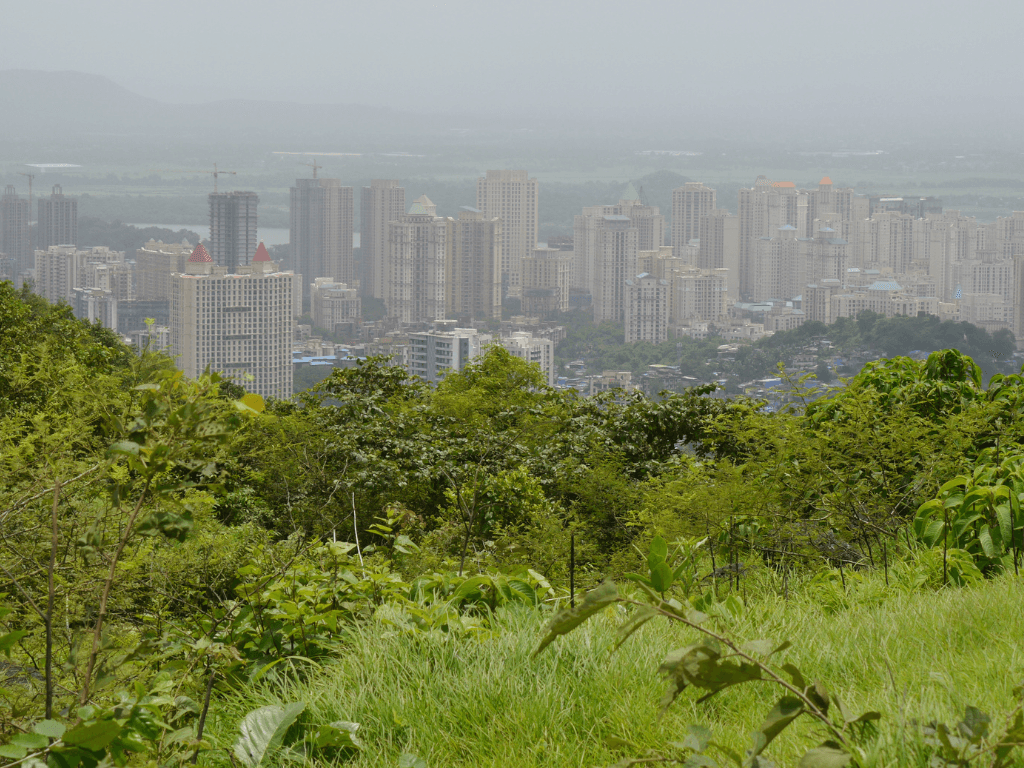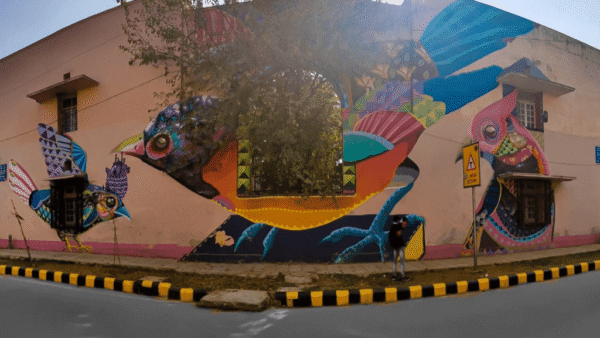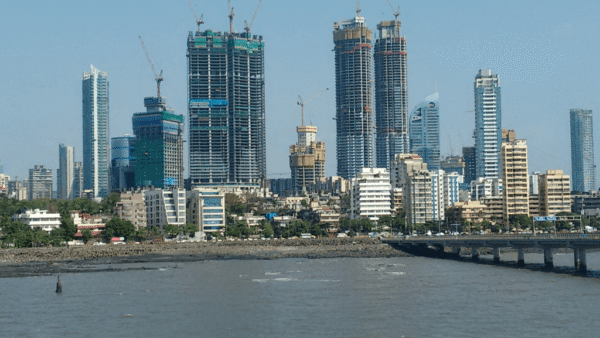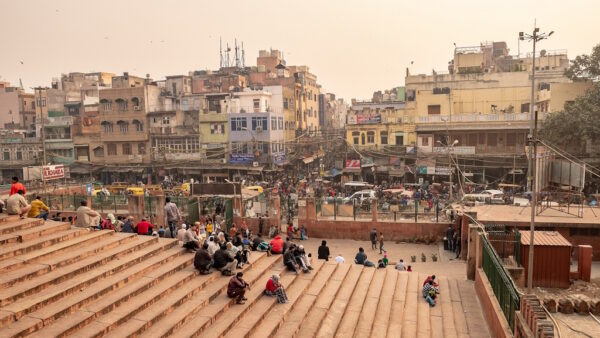The Brihanmumbai Municipal Corporation (BMC), as we know, published the draft zonal master plan for the eco-sensitive zone of the Sanjay Gandhi National Park (SGNP). I would say that there is something fundamentally wrong with this plan. It is not about protecting the sanctity of the SGNP or the eco-sensitive zone at all. It took sustained court battles for the BMC to even prepare and publish this plan. It should have come out in 2016. In the intervening years, the BMC itself and other authorities issued permissions for projects in the eco-sensitive zone or turned a blind eye to some of them.
The classic example of the first action is the developments in the Aarey forest which is situated south of the SGNP. Through Public Interest Litigations in the Bombay High Court, we had raised the issue for the first time that the entire 3,110 acres (1,260 hectares) of Aarey itself was in the eco-sensitive zone and could not be treated as land for construction. This proposal was still languishing with the union Ministry of Environment, Forests and Climate Change but Aarey has been carved out into land parcels for various projects.
Aarey is an intrinsic part of the SGNP and the eco-sensitive zone. So, in all honesty, even before the draft master plan was prepared for this zone, how was nearly 82 acres (202 hectares) transferred to the Mumbai Metro Rail Corporation Limited[1] to construct the car shed and offices? When we pointed this out, the Forest Department, which had made the proposal, immediately retracted the original notification and substituted it with one stating that the metro car shed was permitted in this zone.
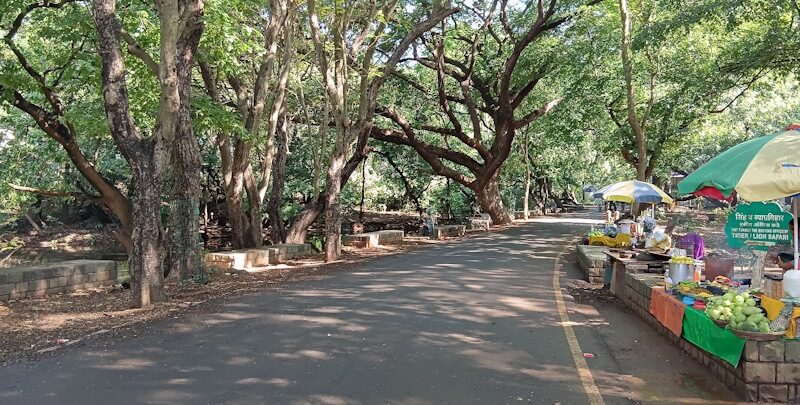
Photo: Nikeita Saraf
How the BMC gamed the system
Left to itself, the BMC might not even have made this plan. It was deliberately delayed on one pretext or another. Our court battles forced it into bringing out the plan. The next step was to ensure that the eco-sensitive zone is maintained as a proper buffer zone and that the plan is notified. But the issue does not end there. The question is about how the BMC will manage it.
It is not merely the plan but the actual management of the eco-sensitive zone that will make the difference between protecting the entire SGNP ecology or allowing land sharks to run riot. For example, the Raheja group has allegedly taken over a hill where the Oshiwara River originates and some of this land falls in the eco-sensitive zone. How did the BMC and other authorities clear the proposal when the draft master plan was not approved and the management plan is not in place? Even as we debate and protest the plan, the forested lands are being given to developers and the park is being throttled by encroachments.
This is where the role of the eco-sensitive zone managing committee becomes crucial. Members of the committee are, in my view, the biggest villains or culprits in gifting away forest land for private benefits. The committee’s mandate is to implement the master plan once it is notified but there appears to be some other business going on already. Ironically, even without the master plan till now, project proposals were rampantly cleared. The reasons are not far to understand.
People of Mumbai are doing all they can to conserve the forest but the BMC is trying to exhaust us all and vitiate the process; its actions are merely to fulfil the procedure. This was the reason that, after finally preparing the plan, it invited objections and suggestions but this is merely ticking off the boxes that are procedurally required. This objections-and-suggestions routine itself is nonsense, as the Aarey example clearly shows.
More than 80,000 signatures were collected against tree-cutting there when the metro car shed was proposed which increased to more than two lakh signatures in the online campaign, and there were 4,000 objections for the change of land use from No-Development Zone to metro car shed. These are monumental figures and show the massive resistance. Chief Minister Devendra Fadnavis responded that there was software manipulation with objections uploaded from servers in the US and computers in Bengaluru. The authorities tried to discredit the people of Mumbai who had risen to protest the cutting of thousands of trees.
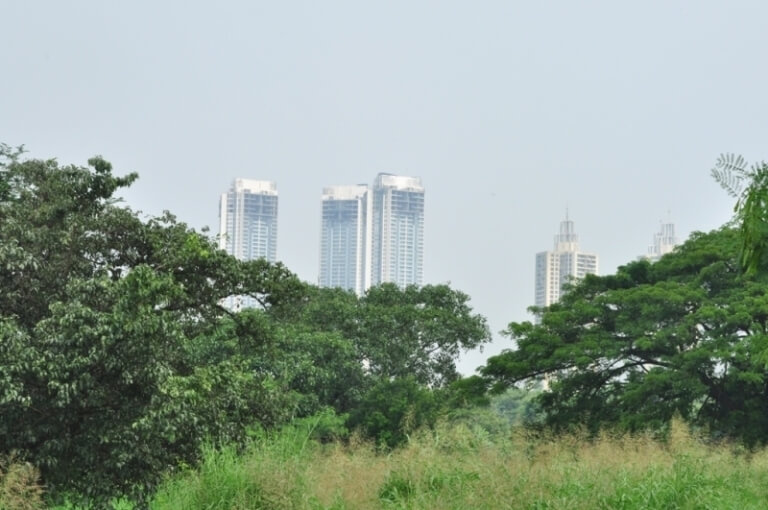
Photo: Wikimedia Commons
For the land use change, the process of public objections and suggestions was conducted in the office of the superintendent of land records at Azad Maidan. His job was only to record people’s opinion on whether that land should be taken off the No-Development Zone category and used for another purpose. Nearly 4,000 people landed at his office which otherwise sees only around a hundred visitors a year; they said the land use must not be changed.
His report, however, showed that he had noted the unanimous opposition to the change of land use but added that since the metro car shed was an important project, it may still be changed. If this is how the authorities honour the process, why go through the sham? This is being repeated with the eco-sensitive zone of the SGNP – merely ticking off a box, fulfilling the process. Then, people’s battle will have to start all over again in the courts. There, it is about sustainable development even if ‘sustainable’ means destroying the existing fragments of nature but we hope that some environmentally sensitive judges will see through the deviousness.
Another important aspect in the current situation is that the draft master plan is in English and people’s demands for Hindi and Marathi translations have not been stonewalled. Are they assuming that the entire population of Mumbai is fluent in English and can respond in it? This was clearly an attempt to make it difficult for people – environmentalists, lay persons, Adivasis – to comprehend the plan and file objections. Even so, nearly 25,000–30,000 objections were filed. Will the authorities take these on board and change the plan or somehow keep the present flawed one? The people have spoken; the BMC should respond.
If the plan stays, forest and river go
If the current draft master plan is put into operation, there will be no forest left in Mumbai. There will be scattered clumps of vegetation amidst the urbanisation, the city will be left with Nana Nani parks with slides and space for recreation or cultural activities, but there will not be forested areas. There’s no point in transplanting as the latest government data produced in the Supreme Court reveals; contrary to the tall claims Fadnavis made about 21,000 full-grown saplings planted in the SGNP to compensate for the trees chopped down in Aarey, less than 3,500 survive.[2]
Shockingly, it also transpired that for 81 acres (33 hectares) of natural forest destroyed in Aarey, the compensation was 9,300 Miyawaki saplings in a BMC garden in Goregaon-Malad. Miyawaki, the bane of forests in Mumbai, can never be a substitute for the loss of natural forests.
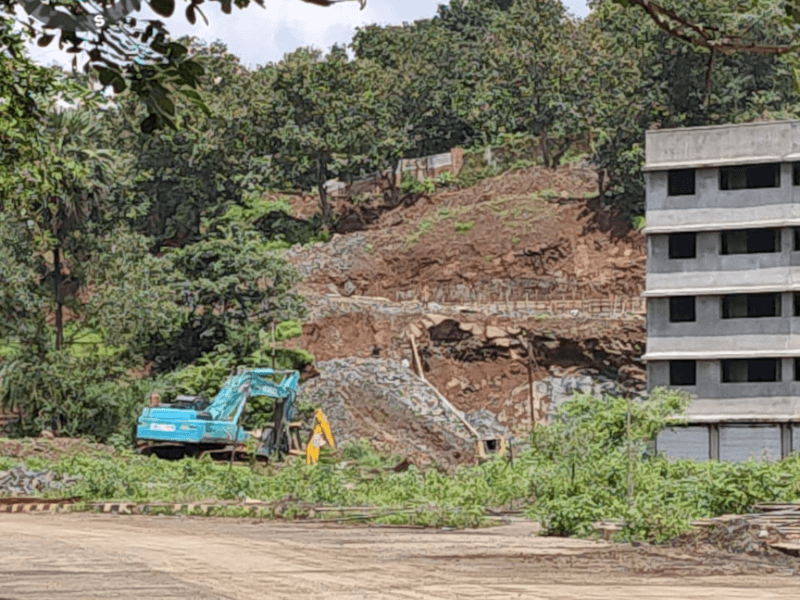
Photo: Vanashakti
Coming back to the zonal master plan, the document slyly mentions that whatever is permitted in the Development Plan may be tweaked. Does this mean that instead of eight buildings, they will construct ten? Also, every report follows a pattern explaining the purpose, the process, and then concludes. This plan document has aims and purpose on page 249. So, people keep reading hundreds of pages without knowing the purpose of the plan and need help to understand it all. This too is deliberate mischief because engineers, consultants and project proponents do not prepare a document with the purpose, aims and methods stated in the middle.
Along with the forest, rivers too will disappear. The flowing Chena River, near Ghodbunder Road, is the only one untouched in Mumbai-Thane that can be called a river. The rest have been turned into drains. Chena was not tampered with so far but, even before the master plan has been through the due process, construction has started in its area. Locally, fingers are pointed at a powerful politician who somehow procured vast tracts of forest lands to build townships and undertake ‘riverfront development’ on the Chena.
The least urbanised among rivers in the Mumbai Metropolitan Region, the Chena should have been left untouched. What good is the draft plan when construction activity has already started in the pristine untouched forests near the river there? This is symptomatic of what has happened for eight years when the committee green-lit projects, perhaps under pressure from builders and politicians, but despite the plan on paper now it does not retract permissions. It may as well stop the farce.
Objections and demands by Vanashakti
We have filed specific objections to the plan that spells disaster – the floodplains and riparian forests have been casually opened for eco-tourism activities (read construction) which will destroy these fragile areas, wildlife corridors and connecting forests are listed but without legal or physical measures for their protection, demarcating eco-sensitive zone 2 in the wildlife area means disruption and possible animal-human conflicts. In the Yeoor forests on the Thane side, illegal bungalows have been allowed to stand and new ones allowed to be built, but the tribals – original inhabitants – are harassed and evicted.
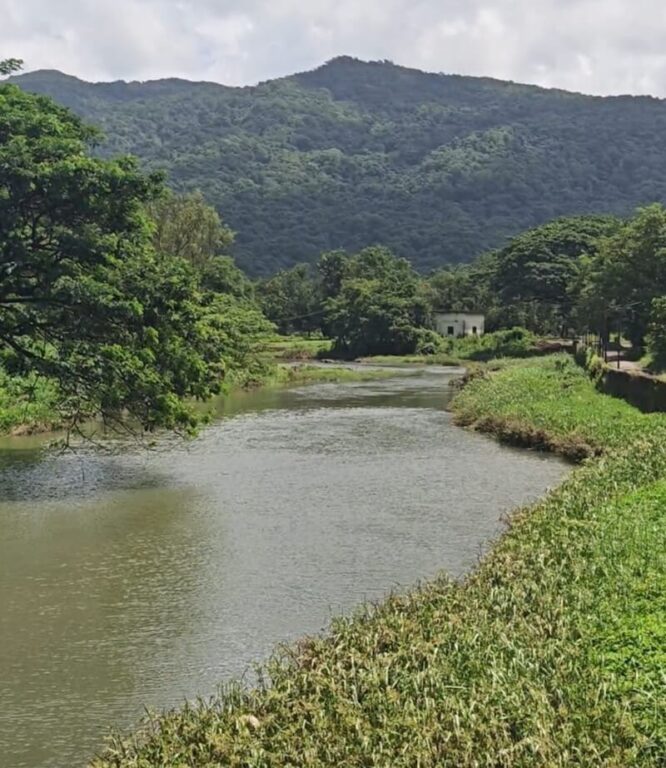
Photo: Vanashakti
Some of the demands we made:
- Freeze all construction in eco-sensitive zone 2 and have project proposers reapply incorporating the mitigation measures suggested in the draft plan.
- All areas where the Scheduled species of fauna are found, and which can be termed as their habitats, should be declared eco-sensitive zone 3 and completely protected.
- The Forest Department should make fresh demarcations and add it to the BMC’s draft plan.
- The plan lists around 61,000 encroachments but, after decades, their rehabilitation is incomplete. Measures were not taken to restrict encroachments and time-bound rehabilitation strategies not worked out. Biometric identification of slum dwellers would prevent them from becoming repeat offenders.
- The draft plan is silent on the Oshiwara River in Mumbai and Chena River in Thane and vague about the Poisar River which shows disregard for critical riparian ecosystems. These river systems – origins, catchments and floodplains – must have the full protection of eco-sensitive zone 3 or a separate identification. The term ‘riparian forests’ is missing.
Ideally, the Forest Department should have prepared the plan and the BMC should have seconded it. But the BMC chalked it out following the Development Plan 2034 which is a land use plan. What is the BMC’s or DP’s connection with ecology? It’s all a gimmick. Eventually, the battle will go to the courts. Our apprehension is that someone should not go, or be set up, to file an intentionally half-baked petition and get an adverse order; the authorities are good at this.
The plan is certainly not an example of sustainable development but a road map for how environmental destruction can be legitimised. However, we cannot just sit and watch the forest be taken apart. We cannot let history judge us as people who knew but did nothing to protect it. We live in difficult times but the least we can do is to voice our opinions and record them for posterity. After all, it is “Amchi Mumbai.”
Stalin D., an environmentalist and habitat conservationist, is the Director of ‘Vanashakti’, an NGO founded in 2007 that works to promote all aspects of conservation. He heads the activities of conservation undertaken by Vanashakti. A passionate environmentalist, he spends endless hours on the ground to protect the last remaining fragments of biodiversity left in our country. His work has resulted in the protection of wetlands, rivers, wildlife corridors, coastal zones and forests.
Cover photo: View from Yeoor Hills, Thane.
Credit: Dinesh Valke/Wikimedia Commons

